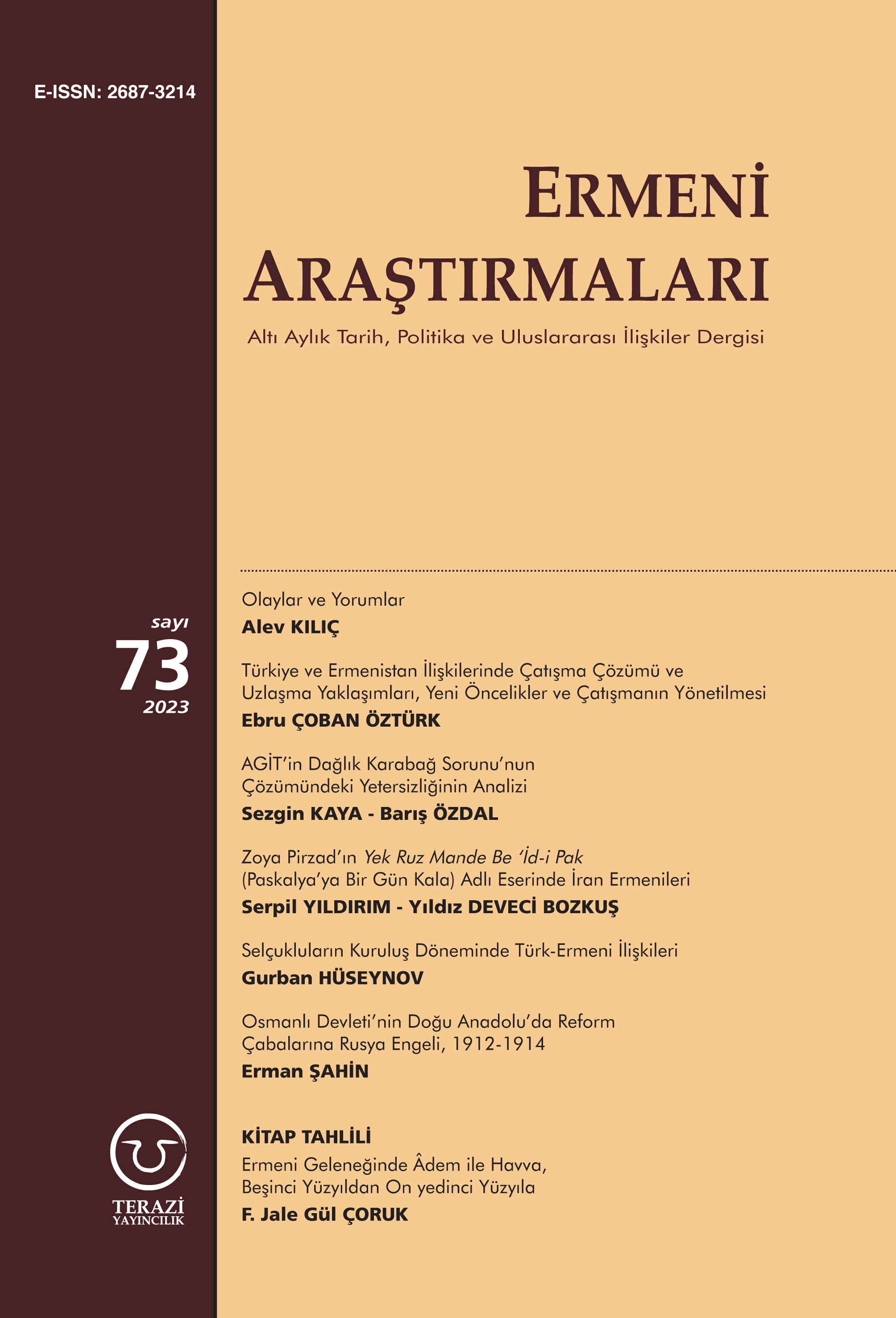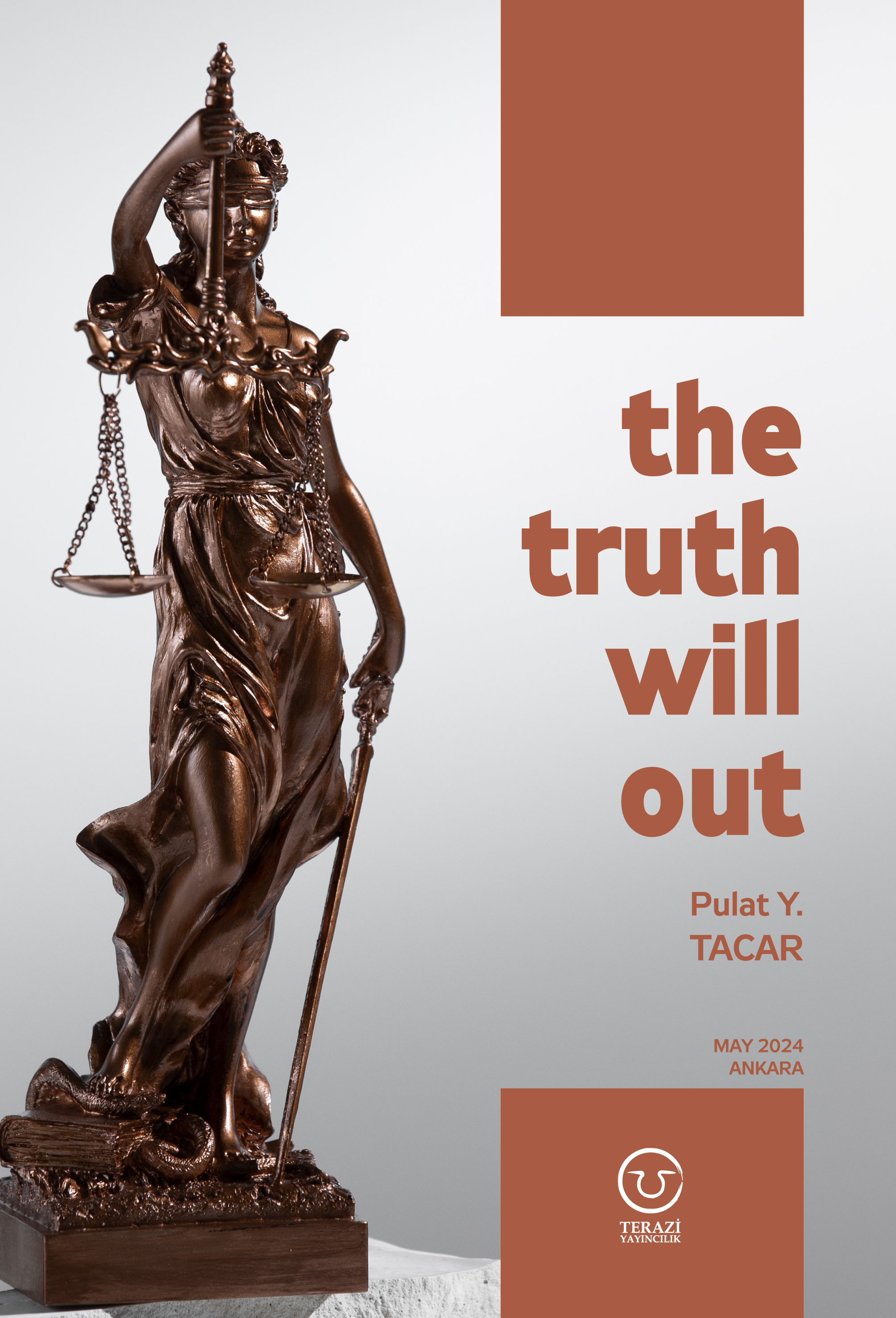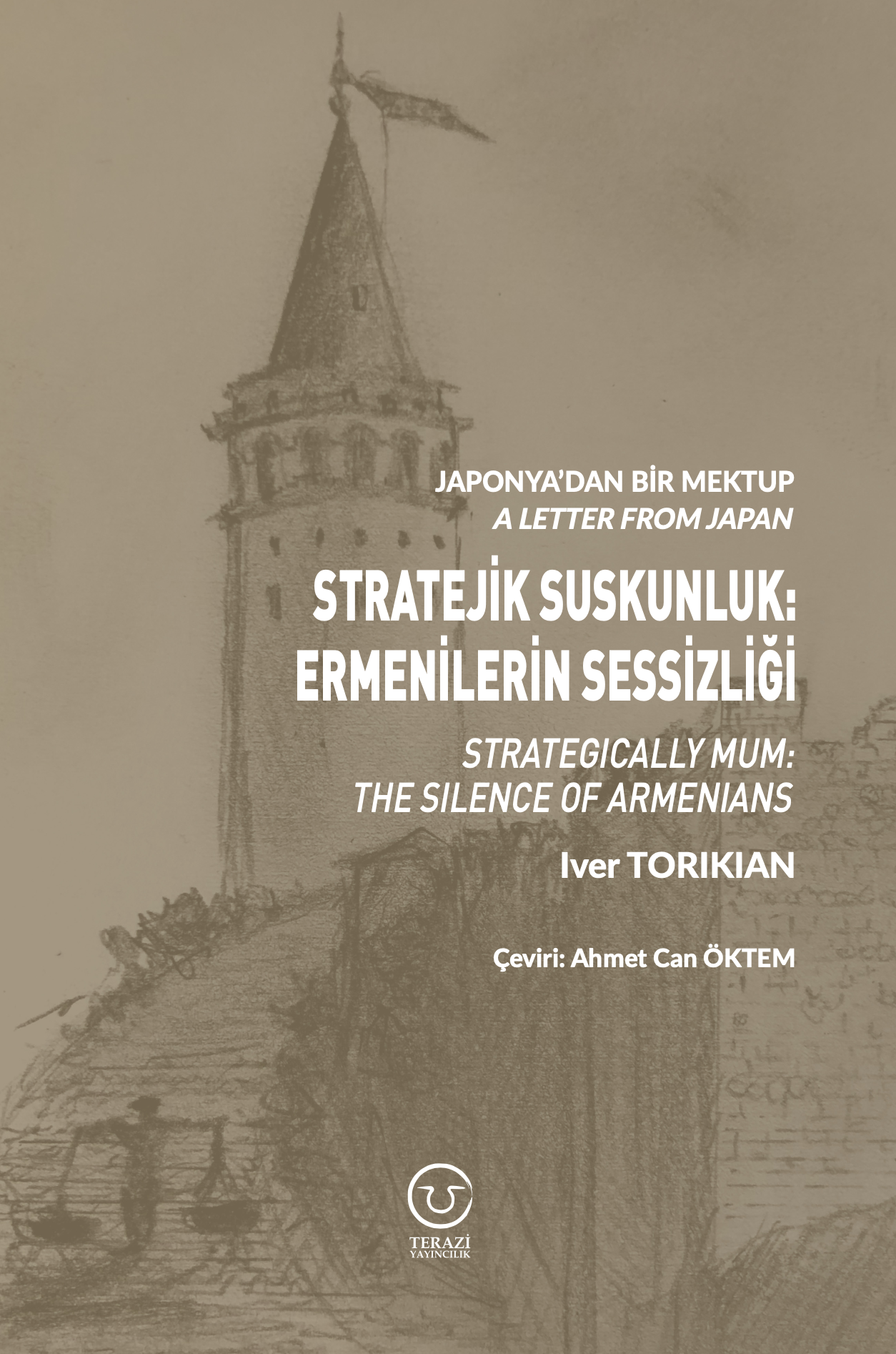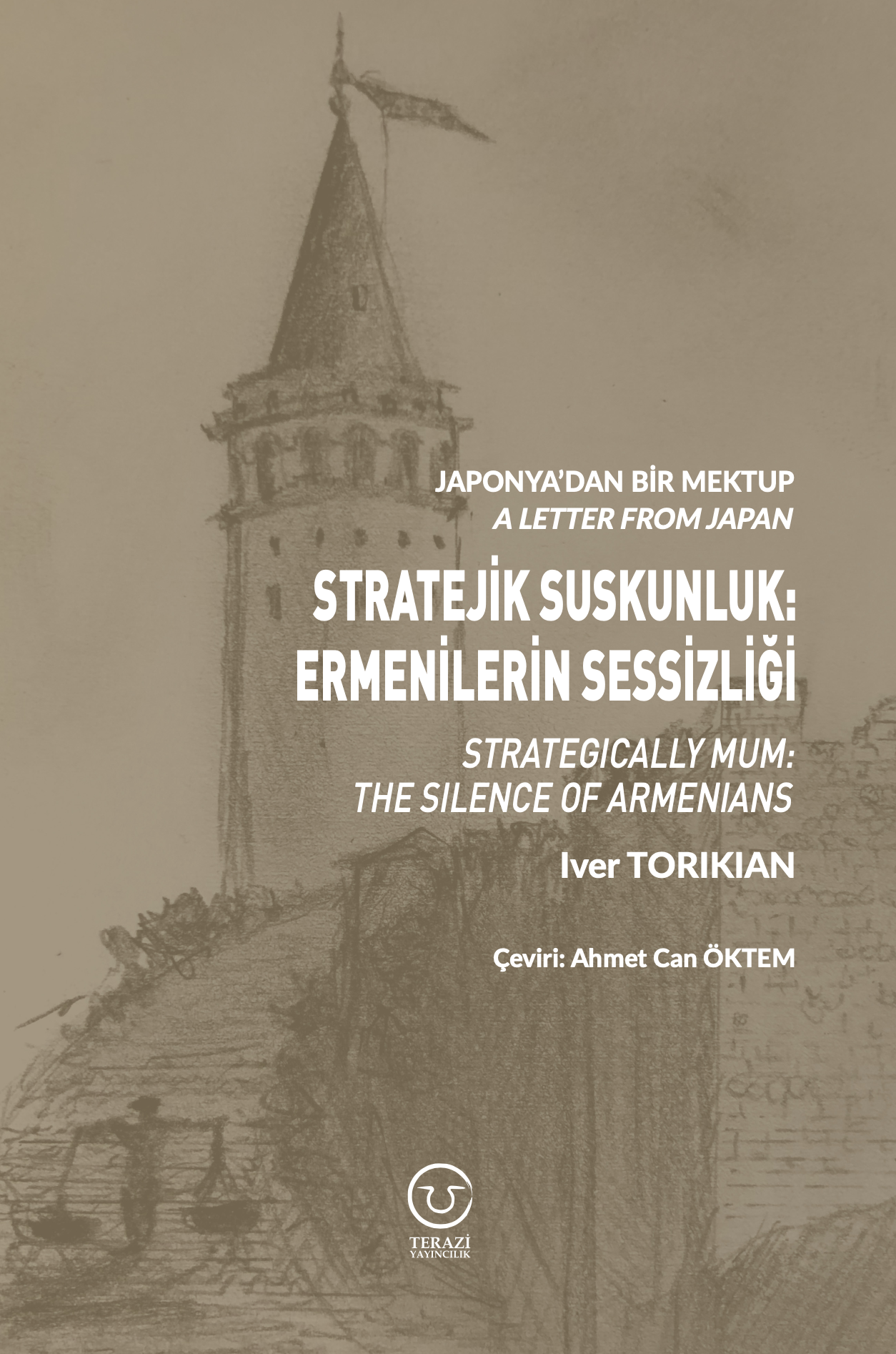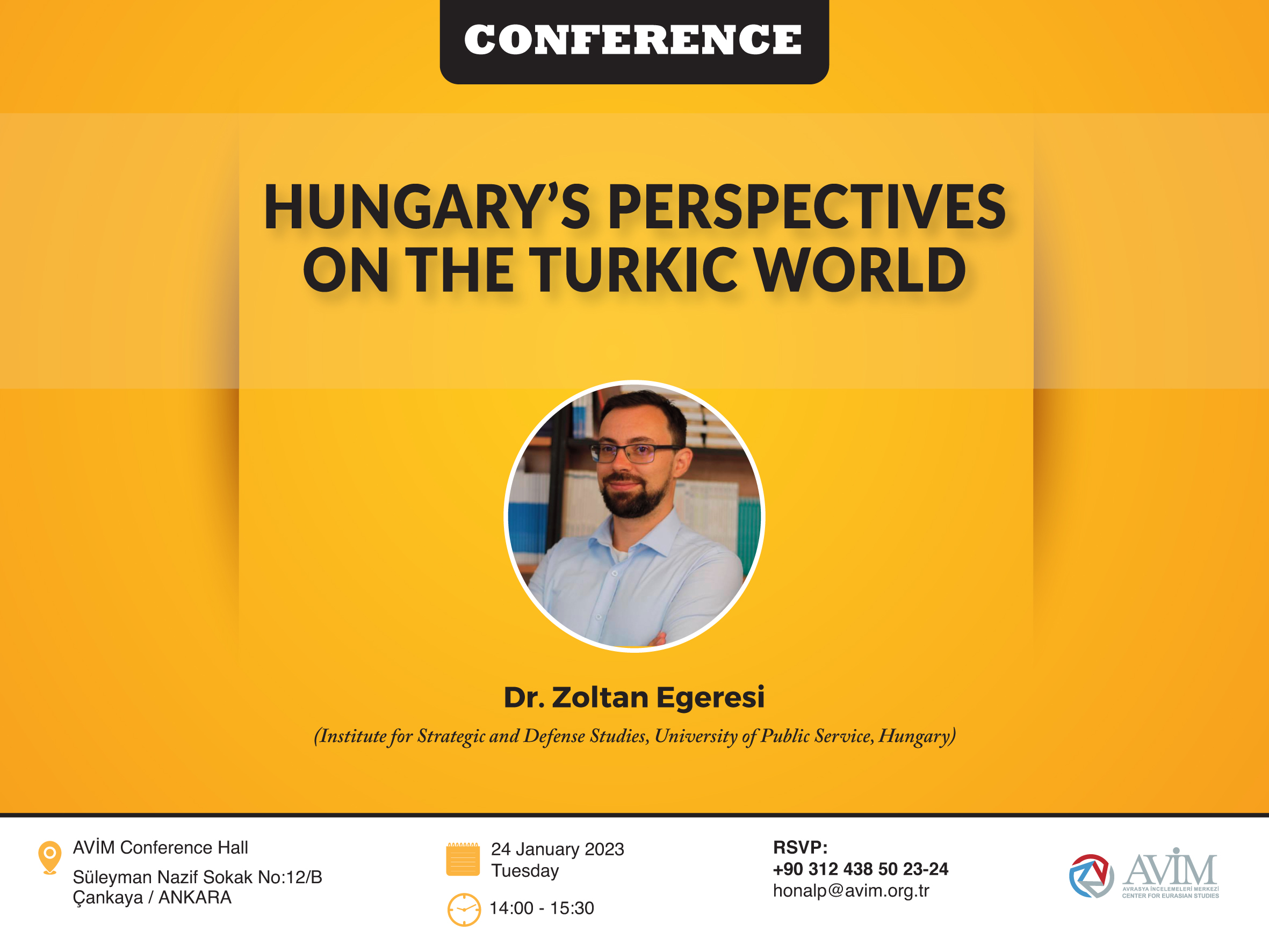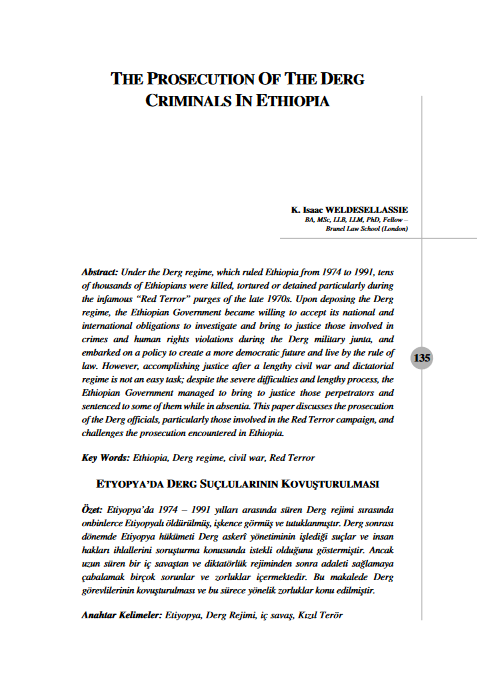Download PDF :


Dear Readers,
The 73rd issue of the Ermeni Araştırmaları journal contains one editorial, five research articles, and one book review.
In the editorial titled “Olaylar ve Yorumlar” (Facts and Comments), Ambassador (R) Alev Kılıç covers internal and international developments in Armenia, the background to why the peace agreement envisaged and outlined in the cease-fire agreement of November 2020 could not be realized in the two and half years that elapsed, how the current efforts proceed and relations between Türkiye and Armenia in the light of the normalization of relations process in the period of December 2022-May 2023. In the international conjuncture created by the Ukraine War that took place in the same period, Armenia’s ambivalence, and potential for shift of allegiances have become a serious concern for Russia. A similar duality is witnessed in internal politics. On the one hand advocating peaceful and liberal principles, the Armenian administration has found a passable excuse for restraint in those principles due to the activities and actions of the very small but vociferous opposition guided and directed by the radical Dashnaktsutyun-ARF party with a dark terrorism record and their sponsors and financers in the Diaspora. The attitude and sermons of the Catholicosate of Etchmiadzin very much in line with the radical opposition have been another factor in restraining the administration. The article covers all these developments.
The first research article in the 73rd issue is the “Türkiye ve Ermenistan İlişkilerinde Çatışma Çözümü ve Uzlaşma Yaklaşımları, Yeni Öncelikler ve Çatışmanın Yönetilmesi” (Conflict Resolution and Reconciliation Approaches in Türkiye-Armenia Relations, New Priorities and Conflict Management) written by Ebru Çoban Öztürk. In her article, Öztürk analyses the relations between Türkiye and Armenia as an inactive conflict that does not include the dimensions of hot conflicts or territorial division. The conflict resolution and reconciliation process in Türkiye-Armenia relations is evaluated within the framework of realist and liberal policies from conflict resolution theories. The use of realist paradigms such as conflict management instead of conflict resolution is also discussed, and the place of the diaspora in conflict resolution is examined.
The second research article is titled “AGİT’in Dağlık Karabağ Sorunu’nun Çözümündeki Yetersizliğinin Analizi” (Analysis of the OSCE's Inadequacy in the Settlement of Nagorno-Karabakh Conflict) written by Barış Özdal and Sezgin Kaya. In this study, Özdal and Kaya explain the inadequacy of the OSCE Minsk Group in the peaceful resolution of the Karabakh conflict from a theoretical perspective rather than controversial political arguments. As it is known, the Minsk Group, which was established within the OSCE to resolve the Nagorno-Karabakh conflict that turned into a hot conflict in 1992, has not achieved the desired success. Özdal and Kaya delicately examine the reasons behind this failure of the OSCE.
The third research article is titled “Zoya Pirzad’ın Yek Ruz Mande Be ‘İd-i Pak (Paskalya’ya Bir Gün Kala) Adlı Eserinde İran Ermenileri” (Armenians of Iran in Zoya Pirzad’s Work Yek Ruz Mande Be ‘İd-i Pak (One Day Left for Easter) written by Yıldız Deveci Bozkuş and Serpil Yıldırım. Deveci Bozkuş and Yıldırım evaluate the lives of Iranian Armenians through the work "One Day Left For Easter" by Zoya Pirzad, who was born in Abadan, Iran in 1952 as the daughter of an Iranian Armenian family and is one of the most important living figures of Iranian literature.
The fourth research article is titled “Selçukluların Kuruluş Döneminde Türk-Ermeni İlişkileri” (The Relations Between Turks and Armenians During the Establishment Period of Seljuq) written by Gurban Hüseynov. In this article, Hüseynov analyzes the Armenian-Turkish relations during the period of Seljuks, which is less analyzed in the literature. It is known that today's Armenia claims some parts of Anatolia and bases this claim on the "Armenia" region in the maps used by historians in the past. One of the remarkable points in Hüseynov's study is about this issue. Hüseynov mentions that the use of "Armenia" in history is a geographical definition rather than an ethnic name and that Armenia means "upper/high country" in Aramaic. Hüseynov's work, which he presents as a literature review, contains valuable information in terms of evaluating the current claims of Armenians.
The fifth and final research article in the 73rd issue is the article titled “Osmanlı Devleti’nin Doğu Anadolu’da Reform Çabalarına Rusya Engeli, 1912-1914” (Russian Impediment to the Ottoman Reform Efforts in Eastern Anatolia, 1912-1914) written by Erman Şahin. In his article, Şahin discusses how the Yeniköy Agreement signed after the Balkan Wars made the Ottoman Empire fragile and how the Dashnaks saw that process as a suitable ground for their demands for independence. Şahin utilizes Russian, British, and Ottoman archives in his research.
In our 73rd issue, there is one book review. F. Jale Gül ÇORUK reviews the book titled “Adam and Eve in The Armenian Tradition, Fifth Through Seventeenth Centuries” (Ermeni Geleneğinde Âdem ile Havva, Beşinci Yüzyıldan On Yedinci Yüzyıla).
You can find the online version of our journal here.
Have a nice reading.
